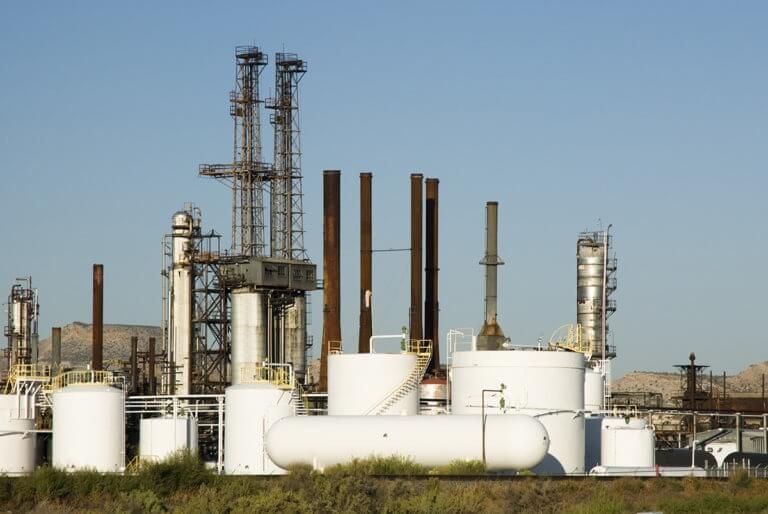
Colorado Bill Focuses on Fenceline and Community-based Monitoring – A Statewide Trend?
In 2021, the Colorado legislature passed HB21-1189, which was then signed by Governor Polis. The bill, which revised the Colorado statutes (C.R.S. § 25-7-141), requires both facility-operated real-time fenceline and community-based monitoring for benzene, hydrogen cyanide, and hydrogen sulfide. Facility monitoring is required at covered facilities with specific NAICS codes that emit these chemicals. Benzene and hydrogen cyanide are listed hazardous air pollutants (HAPs) under the Clean Air Act, whereas hydrogen sulfide was originally included in the HAP list but removed in 1991. The Colorado requirements are not new, as California enacted similar legislation in 2017, but may indicate a trend.
Under the Colorado requirements, by January 1, 2023, refineries in Colorado will be required to begin monitoring and then reporting the data on a public website. Notification thresholds are to be established by the Colorado Department of Public Health & Environment (CDPHE) for the three compounds, which, if exceeded, trigger emergency notification. All additional facilities under NAICS code 336413 (Other Aircraft Parts and Auxiliary Equipment Manufacturing) will also require monitoring and reporting by July 2024.
The bill also requires and provides funding for the CDPHE to deploy mobile van equipment with instrumentation for community-based monitoring for at least 30 consecutive days each quarter. HB21-1189 specified that monitoring is to occur in north Denver, Henderson, and Pueblo, Colorado.
Requirements for fenceline monitoring for benzene at refineries was initiated by the US EPA in 2015 and required collection and analysis via US EPA Methods 325a and 325b. These methods employ passive sampling tubes followed by extraction and gas chromatography/mass spectrometry (GC/MS) analysis. However, this approach only provides a 2-week integrated concentration, whereas the Colorado legislation requires real-time monitoring. The real-time data must then be uploaded concurrent with monitoring to a facilities’ website showing a map of the monitoring equipment. This website is to be available to the public for viewing.
The Suncor refinery in north Denver has already submitted its fenceline monitoring plan per the legislation. Its plan is to employ open-path Fourier transform infrared (FTIR) and ultraviolet (UV) differential optical absorption spectrometers with data collected in 5-minute intervals. Suncor has proposed notification thresholds for the three compounds that are in the 1.0 – 52 ppmv range. Monitoring plans are also required from Phillips 66 Fuel Terminal in Commerce City, Colorado; Sinclair Trucking Fuel Terminal, Henderson Colorado; and the Goodrich Carbon Aircraft Manufacturing facility in Pueblo, Colorado.
Measuring HAPs in both real-time and as integrated samples requires integration of meteorological and analytical data with a careful evaluation of data quality. Even real-time data require some level of usability and reliability vetting. Environmental Standards has been providing fenceline monitoring support under US EPA Methods 325a and 325b via data management and visualization, chemistry QA support, data validation, and laboratory auditing since 2015. Additionally, the Montrose Environmental Group, which owns Environmental Standards, provides open-path optical real-time monitoring expertise. For more information on how Environmental Standards can help, contact David Gratson.

